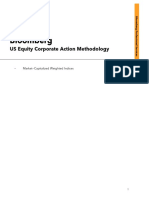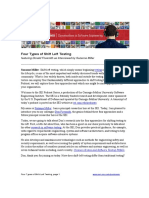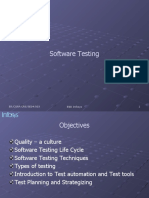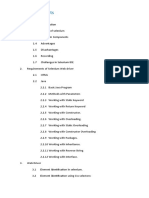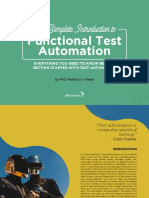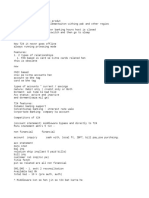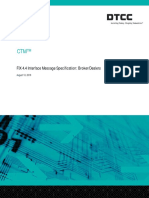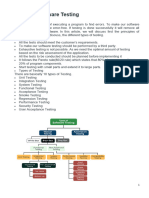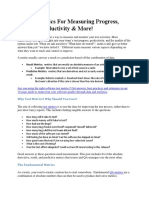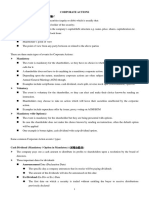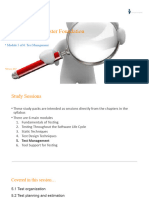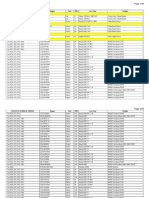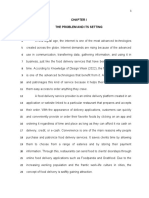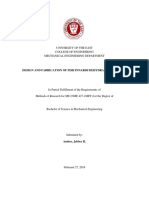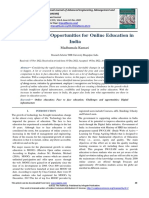100% found this document useful (1 vote)
79 views52 pagesTesting Concepts ClassBook Lesson05
Uploaded by
shruthi selvakumarCopyright
© © All Rights Reserved
We take content rights seriously. If you suspect this is your content, claim it here.
Available Formats
Download as PPTX, PDF, TXT or read online on Scribd
100% found this document useful (1 vote)
79 views52 pagesTesting Concepts ClassBook Lesson05
Uploaded by
shruthi selvakumarCopyright
© © All Rights Reserved
We take content rights seriously. If you suspect this is your content, claim it here.
Available Formats
Download as PPTX, PDF, TXT or read online on Scribd
/ 52




